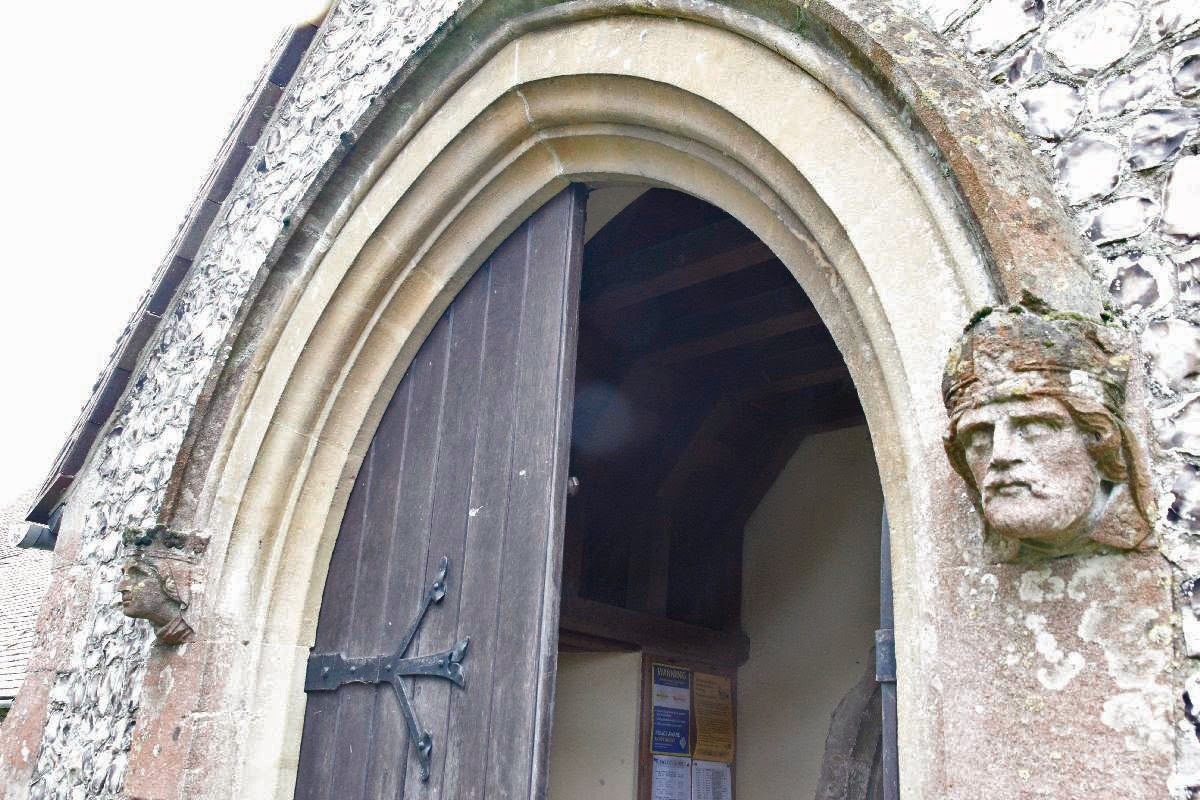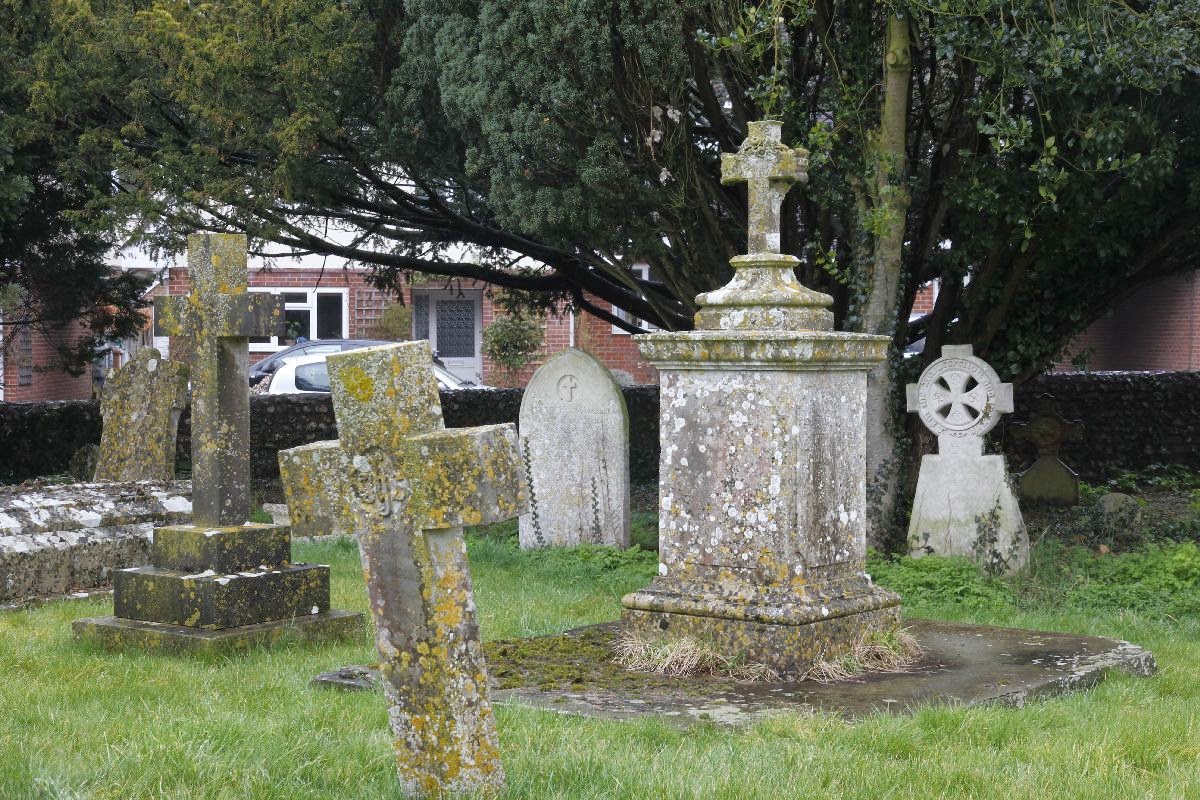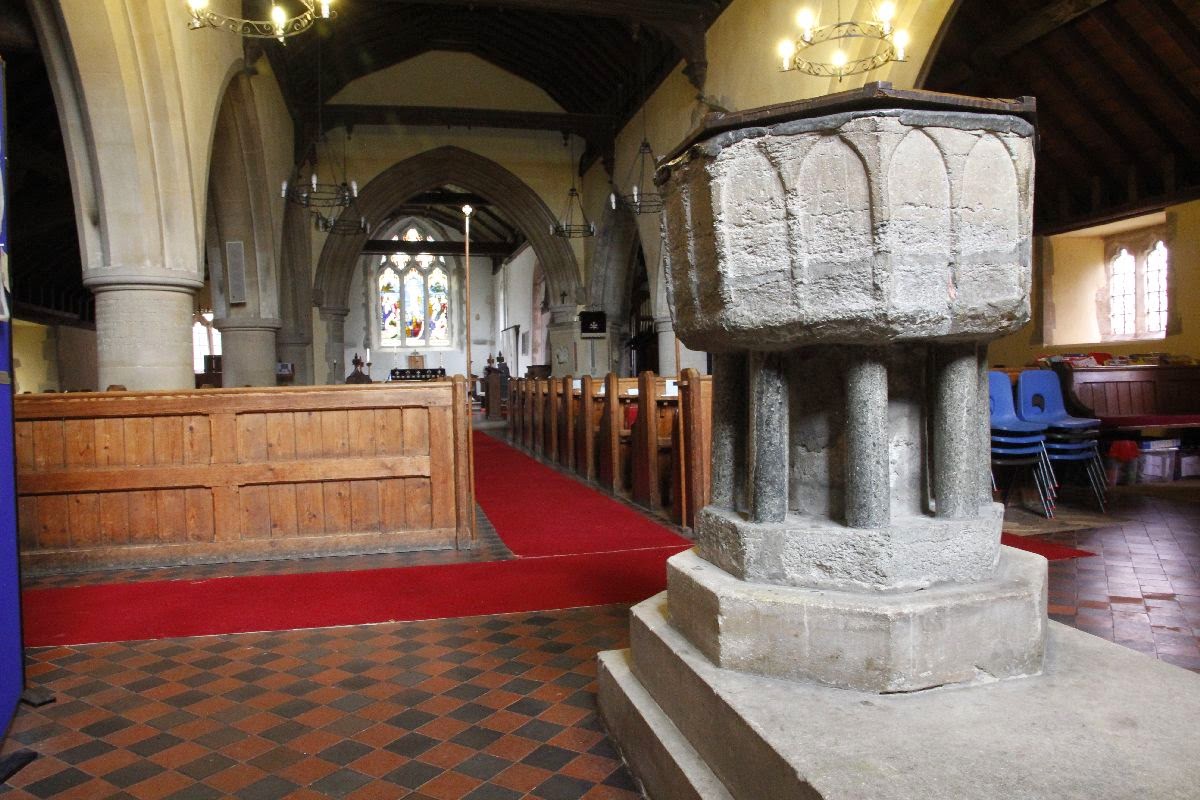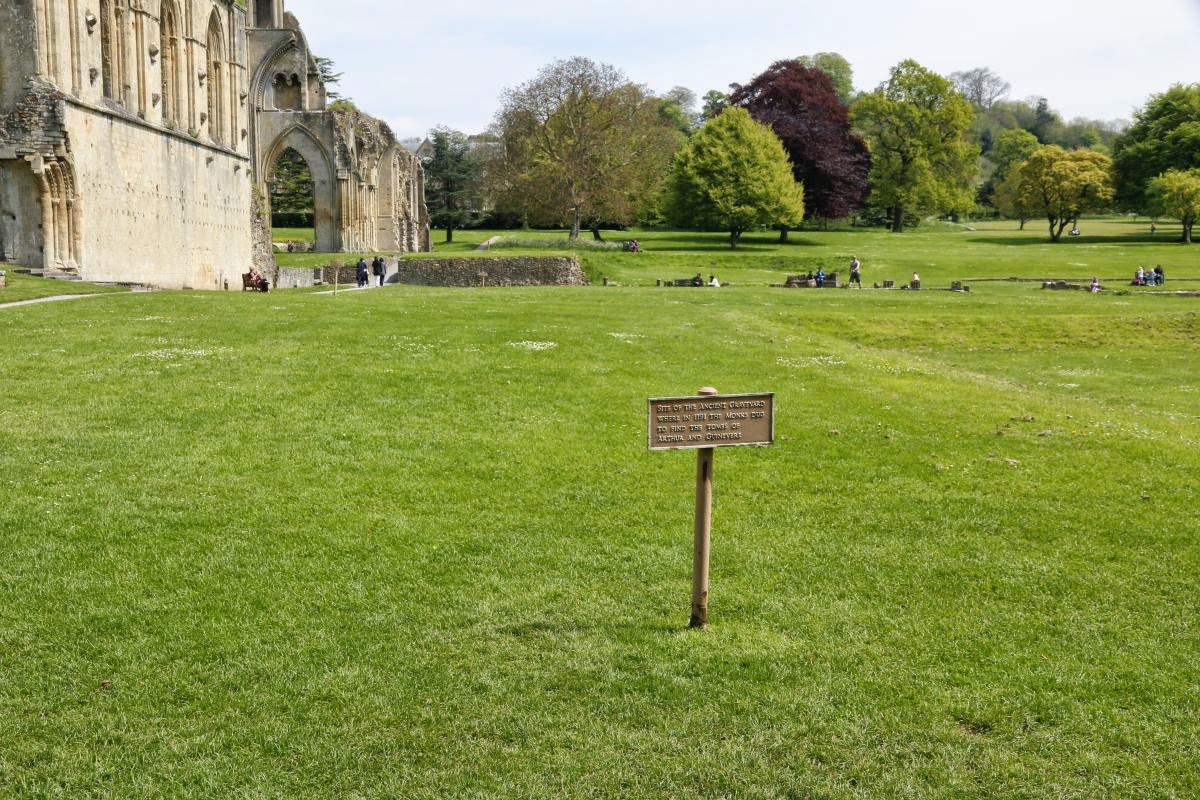Glastonbury Abbey first came into being around the 7th century then enlarged in the 10th it was destroyed in 1134 by fire and rebuilt again. By the 14th century it was one of the richest abbeys in the country. Face it the place had to be on the top of you list to make a pilgrimage to with King Arther's tomb there. Strange how the Monks just happened to dig in the right place to find it, even stranger how the plaque they found disappeared as well. The Abbey closed in 1539 after the last abbot was hung, drawn & quartered on Glastonbury tor along with two monks who were in the wrong place at the wrong time. No doubt their mates decided that being a monk was not their vocation in life and made big strides away from the place.Today the Abbey is a ruin after centuries of neglect and the material being used to build other parts of the town.
I'll start off by showing you the abbey as it was before it was destroyed in its heyday
Ok I know it's a model of what it looked like but they never had cameras then
This can be seen in the Abbey Museum along with other finds round the site.
This is what the abbey looks like now. The building was 220 meters from one end to the other.
Here we look towards the Chancel Arch, if you look at the smaller one on the right you can see a person which gives an idea as to the height of the arch. Bare in mind it was a third again higher than this
Looking across the cloisters to the chancel the guy in the right hand arch gives an idea as to hight

One side of the chacel arch with a chaple over to the right
This monk (I don't think he really is) took us on a tour of the place and it was well worth it, takes half an hour is very informative & amusing.
Our monk was telling us about the lady chapel
which was the crypt beneath the Abbey
The entrance to the walkway across the chapel is through this door
Which if you look up we were told you can see the scenes from the nativity
This is the birth of Christ. Check you can see an angel, the marriage and birth. Mary is giving birth on a bed by the way not a manger
Right now I'm at the far end of the Abbey just outside the chancel walls looking up at the widows. In reality I'm looking down the Abbey towards the Lady Chapel at the end of the nave. Long way you have to admit.
This is King Aurthur's Tomb where the monks buried him in front of the high altar which you can see in the distance. The fenced off section

On the right is the plaque over King Aurthur's Tomb
over on the left is a stone coffin where one of the abbots used to be
The monks found King Aurthur's grave in this old Saxon graveyard nearby. No doubt finding a body that fitted the description of him and surprise surprise found his wife Guinevere beside him, she turned to dust as soon as the coffin was opened. Whats more they found a plaque with an inscription on saying it was King Aurthur. Wonder which monk carved that out.
Don't feel too sorry for the monks they has their own bedrooms
and flushing toilets, wonder if the people sat there knew they had their feet in a loo
Not far away is this pond though if it was used for keeping fish in it was just for the Abbot
Who had his own personal Kitchen

Nice little setup don't you think
Here is a stitched view of the kitchen which had four fireplaces in
The abbot had his own place next door with it's own great hall you can see the outline here.
He also got a nice view of Glastonbury Tor where the last abbot met his grisly end

The
Glastonbury Thorn or one grown from the original on Wirrel Hill supposedly a staff planted by
Joseph of Arimathea
which sprouted into a bush. He could well have visited as he was a lead merchant and they mined the stuff not far away
. The original was badly damaged by some cider thugs a few years ago.
Sigeric who was a 10 century monk from the Abbey, it was monks like him who built the Abbey he became Archbishop of Canterbury

Here we look across the chaperhouse where all the serious work was done to find ways to make more money for the Abbey
If you get the chance to Visit Glastonbury then pay a visit to the Abbey, it is well worth your time and if it is a sunny day take a picnic and enjoy the peaceful surroundings.
Have a great Sunday.













































































